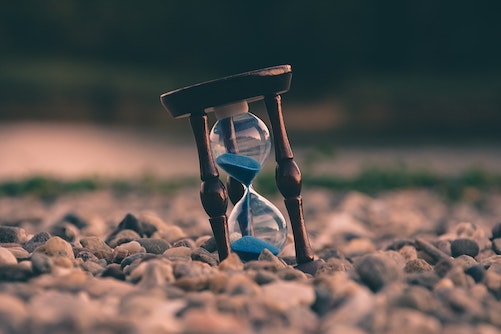Comparing present and future values
By Blake Early, co-founder Digital Grain Elevator, Inc.
It is relatively easy to know what something is worth right now. I recently made a trip to the local hardware store to buy a new chainsaw. There was a price and I paid it. My backyard was growing out of control and somehow I lost my old chainsaw during our move to Milwaukee. I decided to buy a cheaper model versus a Stihl or Dewaldt because I didn’t think I would need to use it very often. The decision has haunted my dreams ever since.
For me, there is a feeling of great satisfaction knowing the tools in your shed will stand the test of time. When you need them most they will never fail you. “Ole Faithful” held up its end of the bargain and maintained the same value as when you had originally purchased it. It doesn’t cost me any time to repair it. I don’t replace parts often (if at all), and when it’s time to hand it down to my son, I know he will be getting quality equipment.

However, this is not true for a lot of things. There is usually a cost to maintain the quality of goods. Grain is no different. Whether it is in a bin or in a bag, it is costing money and time to prevent it from rotting and becoming worthless. There are questions that need to be asked and answered before determining whether it is worth storing longer or selling now.
Interest rates, underlying cash price, and cost to maintain are just a few variables of many to consider when penciling the math. We believe this step is overlooked by a lot of people but is critical information to know when making decisions. That is why we’ve built it into our DGM platform. We consider these variables and factor them into your “final” price so you can compare apples to apples. Being able to make quick and easy decisions requires knowing risks and rewards. What are the risks of carrying corn until July? Let us tell you.

